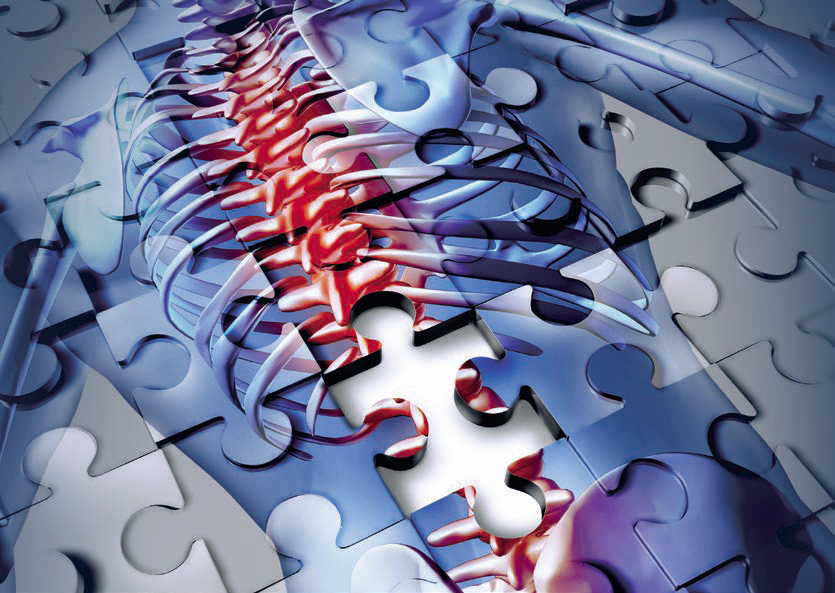When it comes to traveling after undergoing back surgery, whether by car, plane, or train, it is natural to have certain concerns. However, the reassuring news is that the situation may be less daunting than anticipated. Let’s delve into some frequently asked questions regarding post-surgery travel to address any apprehensions you may have.

How long after back surgery can I travel?
The timing of when you can travel after back surgery can vary depending on the specifics of your procedure and your overall health. Typically, you can travel as soon as your pain allows, but it’s crucial to follow your doctor’s guidance. The recovery period may differ between a minimally invasive outpatient procedure and a lumbar fusion, so it’s essential to consult with your doctor for personalized advice.
It’s important to consider that travel after back surgery, especially by plane or car, often involves long periods of sitting. While it’s recommended to take frequent breaks, if you can comfortably sit upright for extended durations after your surgery, you should be able to travel without major issues.
Your doctor’s recommendations should be the primary factor in determining when you can travel after back surgery. The nature of your surgery, such as whether it required an inpatient hospital stay or was an outpatient procedure, may also impact your travel plans.
However, if your recovery has progressed as expected and you have followed your post-surgery instructions diligently, you may have minimal travel restrictions. It’s important to note that driving yourself may have additional considerations. If you have been prescribed pain medication, remember that driving under the influence of narcotics is both illegal and unsafe. According to Johns Hopkins Medical Center, you can resume driving when you feel physically capable and are no longer taking narcotic pain medications, or after receiving clearance from your surgeon. The specific timing will depend on your pain tolerance and the rate of your healing post-surgery.
Do you have any tips for car travel after back surgery?
To make car travel more comfortable after back surgery, consider the following tips:
- Plan for frequent breaks: Take regular breaks to stretch and walk around to alleviate stiffness and promote blood circulation. Aim for breaks every hour or so, if possible.
- Use supportive cushions: Utilize supportive cushions or pillows to provide extra comfort and maintain proper spinal alignment while sitting in the car. This can help reduce pressure on your back.
- Adjust the seat position: Modify the seat position to find the most comfortable and supportive setting for your back. Experiment with the seat angle, lumbar support, and seat height to relieve any discomfort.
- Consider back support aids: Back support aids, such as lumbar rolls or cushions, can provide additional support and help maintain a neutral spine position during the journey.
- Use seat heaters or heat packs: Applying heat to the affected area can help relax muscles and alleviate pain. If your car has seat heaters, use them judiciously. Alternatively, you can use heat packs or wraps designed for back pain relief.
- Practice good posture: Maintain proper posture while sitting in the car by sitting upright with your back supported against the seat. Avoid slouching or hunching forward, as this can strain your back.
- Pack essential items within reach: Keep any necessary medications, snacks, water, and other essential items within easy reach to avoid excessive bending, reaching, or twisting during the journey.
- Share driving duties: If possible, share the driving responsibilities with a companion to minimize the duration of continuous sitting and provide opportunities for rest.
Remember to consult your doctor for specific advice tailored to your recovery progress and individual needs.
To ensure a more comfortable car travel experience after back surgery, it’s important to incorporate frequent breaks into your journey. Consider the following tips:
- Allow extra time: Plan your trip with additional time to accommodate more frequent stops. This will give you the opportunity to move around and stretch your legs regularly.
- Schedule regular breaks: Aim to stop at least every hour or as needed to prevent blood clots and reduce stiffness. Use these breaks to walk around, stretch, and change your sitting position.
- Stay hydrated: Drink plenty of water during your journey to stay hydrated and help prevent muscle cramps and discomfort.
- Take short walks: During each break, take short walks to promote circulation and relieve any tension or stiffness in your back. Gentle stretching exercises can also be beneficial.
- Perform seated exercises: While seated in the car, engage in simple exercises to keep your muscles active. This may include ankle pumps, knee lifts, and shoulder rolls to promote blood flow and reduce stiffness.
- Use rest areas and services: Take advantage of rest areas, service stations, or other designated stops along your route. These locations often provide amenities such as walking paths or seating areas for stretching and relaxation.
Remember to listen to your body and adjust the frequency and duration of breaks based on your comfort level and doctor’s recommendations. Each person’s recovery process may differ, so consult with your healthcare provider for personalized advice before embarking on a car journey after back surgery.






